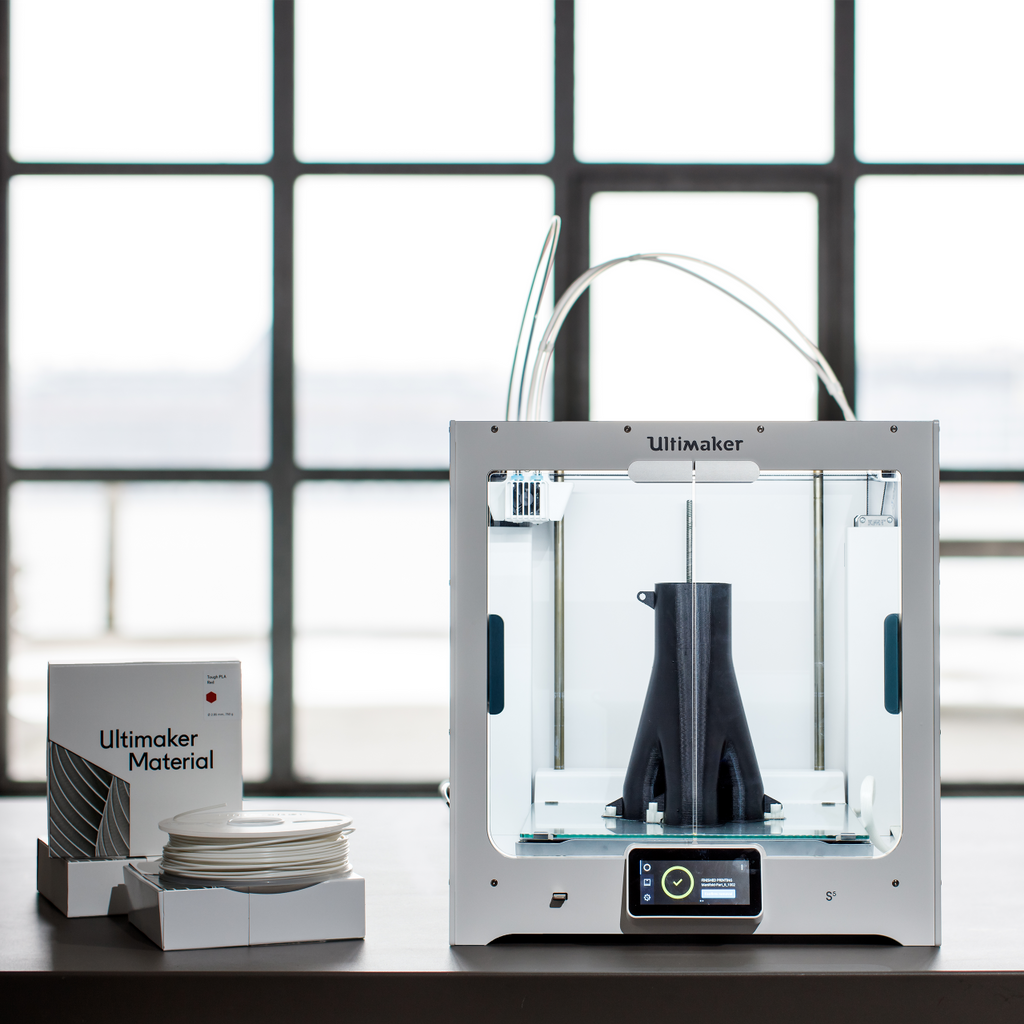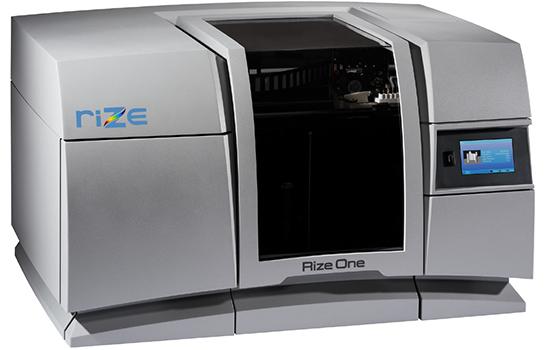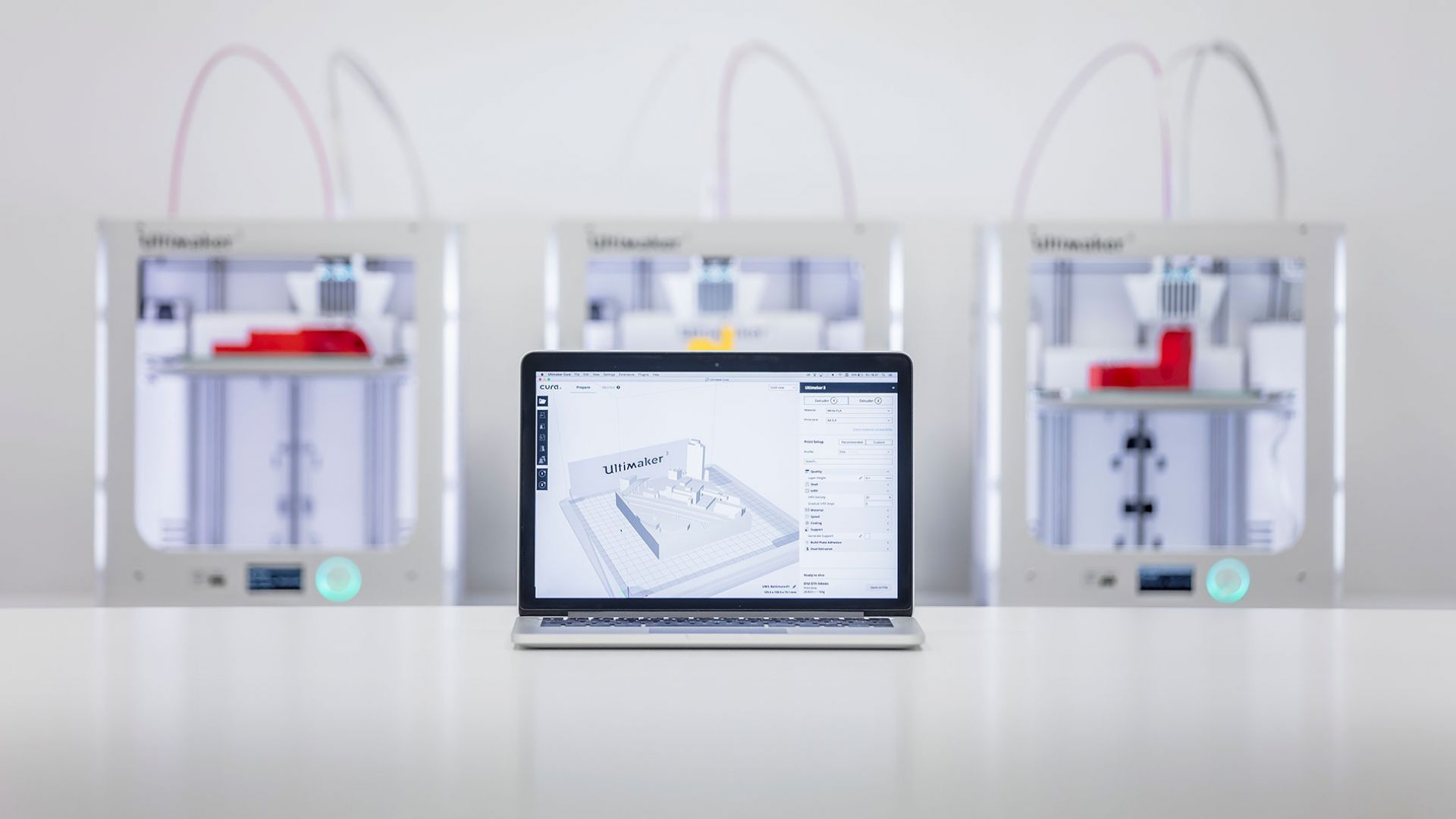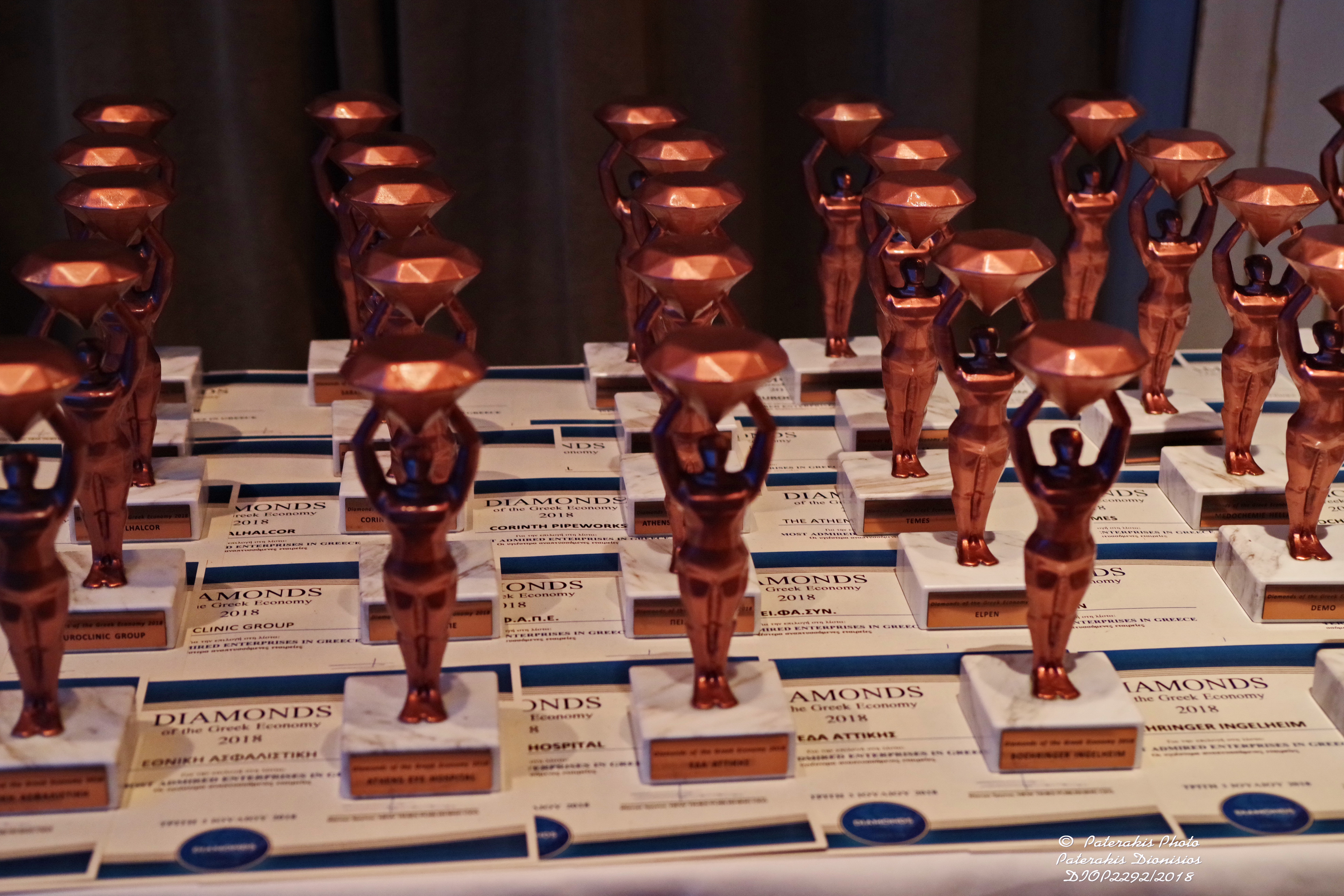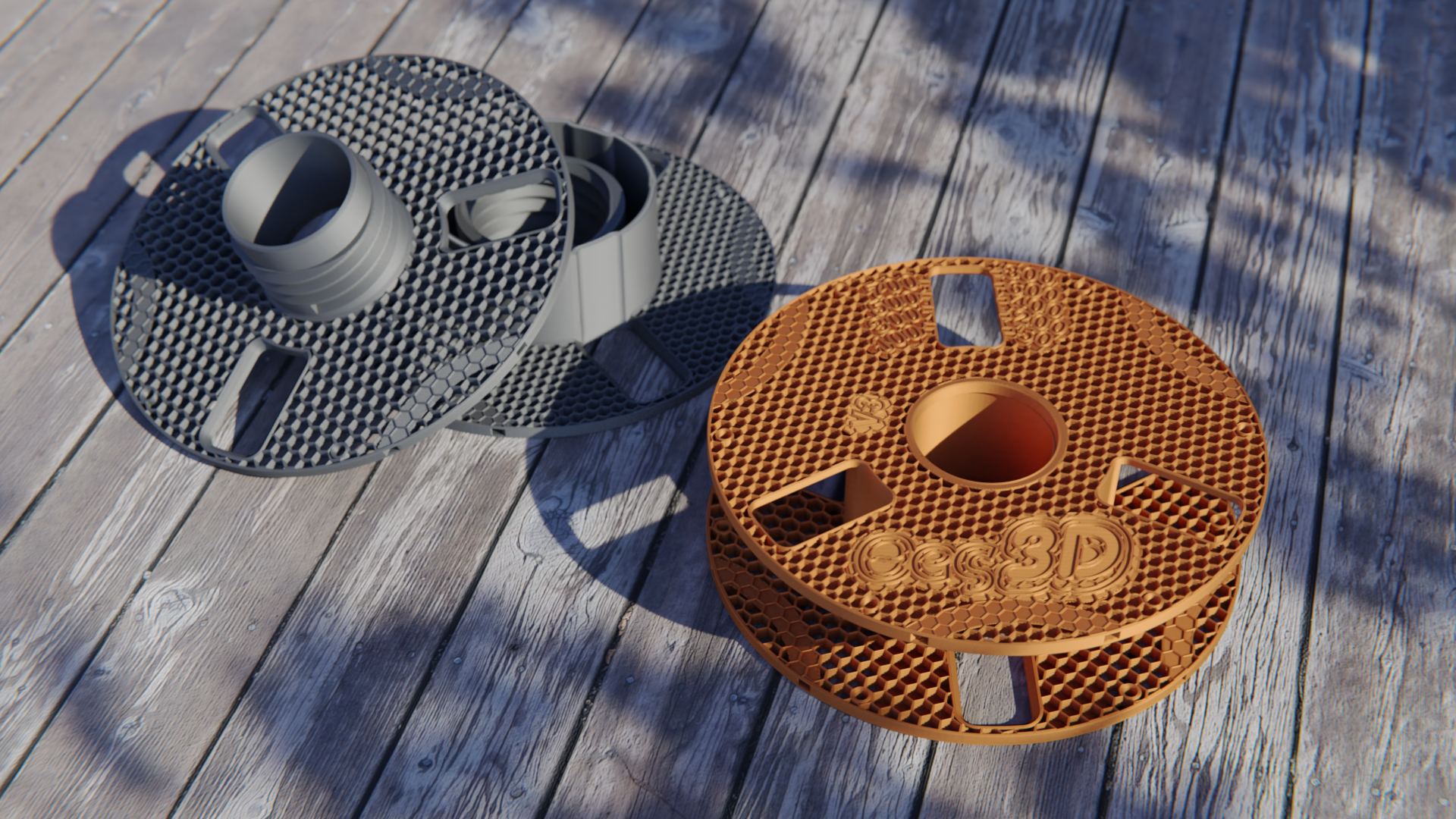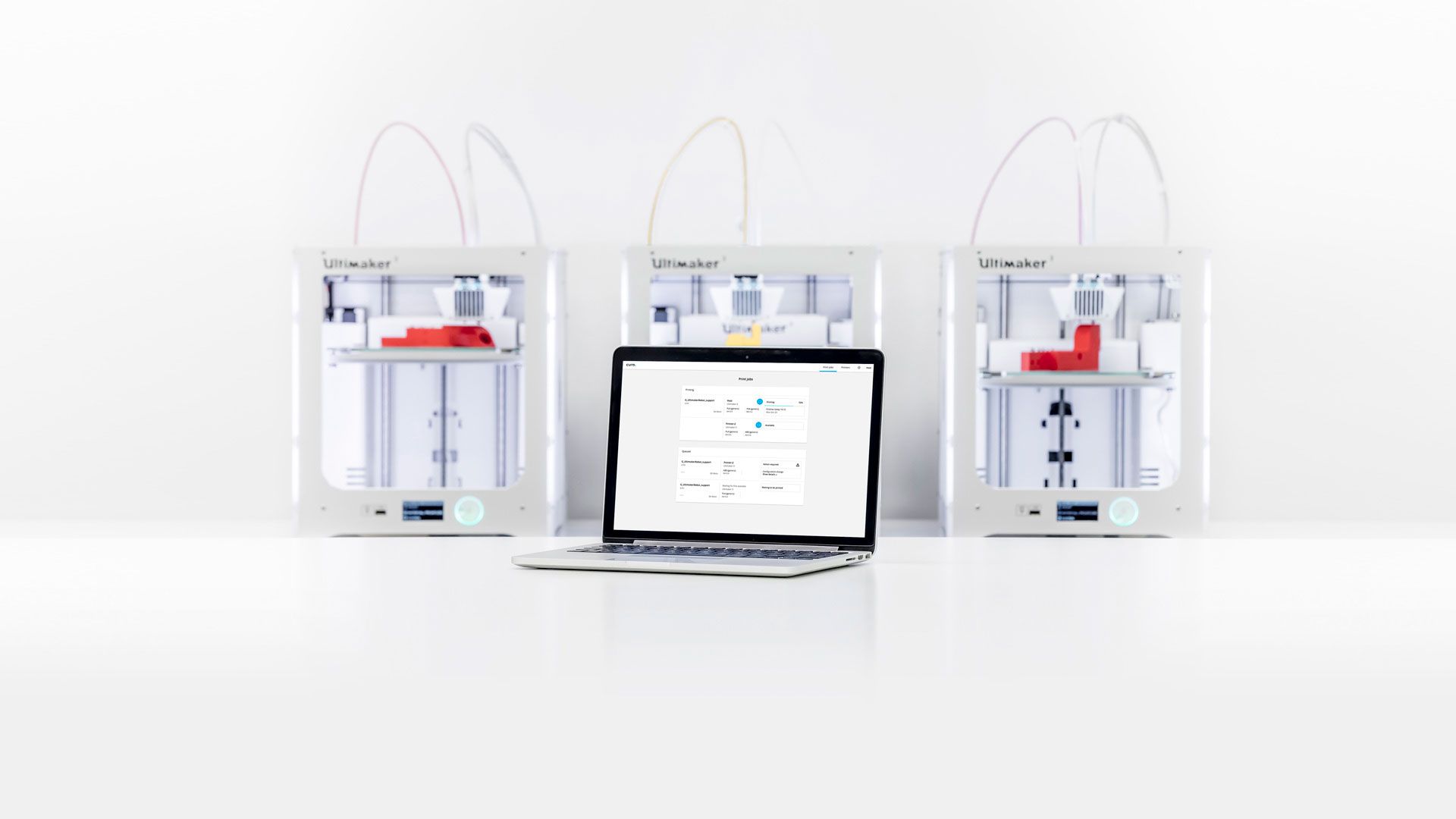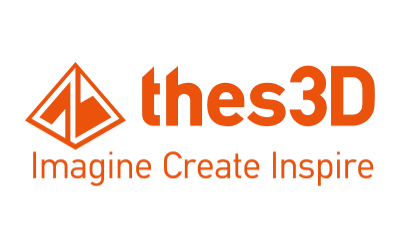Using 3D printing to design the Fabulous Beasts
Every month we ask someone from the 3D printing sector to write about what they’re thinking, doing or printing. Today our guestblogger is Tim Burrell-Saward, designer at Sensible Object. Using 3D printing they designed their game Fabulous Beasts, which is currently in a successful Kickstarter campaign.

Hello there! I’m Tim Burrell-Saward, and I’m the product designer at a small London-based game developer called Sensible Object, where we’re trying to do something quite ambitious, possibly foolish but definitely different.
For a little over a year now we’ve been making a new type of game that’s part physical and part digital, and developing the whole thing in our tiny studio under Waterloo Bridge in central London. And we most definitely couldn’t have done it without our Ultimaker 2.



…the object of the game is to make as fabulous a world as you can before the tower falls and the world all goes a bit explody.

Our game is called Fabulous Beasts, and it’s currently on Kickstarter. I may be biased, but you should totally check it out. It’s a cooperative game in which you take turns to stack beast-shaped pieces onto a tower on your tabletop. As you place each one onto the tower a digital version of it pops into life in the living, breathing world on the screen of a connected tablet or phone.
The digital beasts can be further fabulourised by doing things like crossing beasts together to make amazing hybrids, because the object of the game is to make as fabulous a world as you can before the tower falls and the world all goes a bit explody.
Here’s a video that explains more:
The game is powered using sensing technology we’ve developed ourselves on top of the Arduino prototyping platform, which already won us the Technology Award at Indiecade 2015. But because it’s a physical game at the core, one of the most important parts of the design process of creating Fabulous Beasts has been the prototyping of the Artefacts through 3D printing. For as much as we love getting our hands dirty in the workshop with blue foam and balsa wood, sometimes only a 3D printer can deliver those sharp corners and delicate geometries.
As much as we love getting our hands dirty in the workshop with blue foam and balsa wood, sometimes only a 3D printer can deliver those sharp corners and delicate geometries.


I’ve spent the past 6 months designing the Artefacts to be as beautiful, manufacturable and stackable as possible, which is a lot to juggle. We need every Artefact to be complex in form so that there’s no one perfect way to stack it and therefore the game is always different. But each also needs to be easy to mass manufacture, and physically robust, since those towers are going to collapse time and time again.
And last but by no means least, they have to be a pleasure to look at and hold. We think we’ve nailed the holy trinity of looks, stackability and manufacturability, but that’s only come through a lot of prototyping, and by nature a rather large amount of filament.

I have a somewhat haphazard workflow, to be truthful, switching between software platforms and prototyping methods as the need arises. Specifically for Fabulous Beasts I surface-model in 3DS Max, for its sweet, sweet polygons, before using Fusion360 and Rhino for solid internal geometry. They are then sliced in Cura, printed on Ultimaker 2’s in PLA, then hand-finished using body filler and Montana spray.
More recently I switched to batch-production via vacuum casting in resins using the prints as masters. This is so we can make more Artefacts – as part of our Kickstarter campaign we’re offering the Handmade Edition, which we’re intending to make here in our studio at Somerset House in London. Batch production makes these kinds of order quantities possible, where perhaps 3D printing would still be deemed too time costly. But because our masters are 3D printed, the technology will always be at the centre of our process.

As we continue to develop the game in time for launching at the end of the year, 3D printing will remain vital. We’ll be developing new Artefacts (including new Beasts) as well as refining the ones we already have, and that means 3D printing will never be far away.
Our Ultimaker 2 has helped our tiny studio of five people achieve developing a truly innovative game, built on self-designed technology, and complemented with beautiful physical products. Just a few years ago, this was something that previously only big companies could ever have pulled off. Now, the world of physical games is open to new teams, and new ideas. And our 3D printer is at the heart of all of it.

